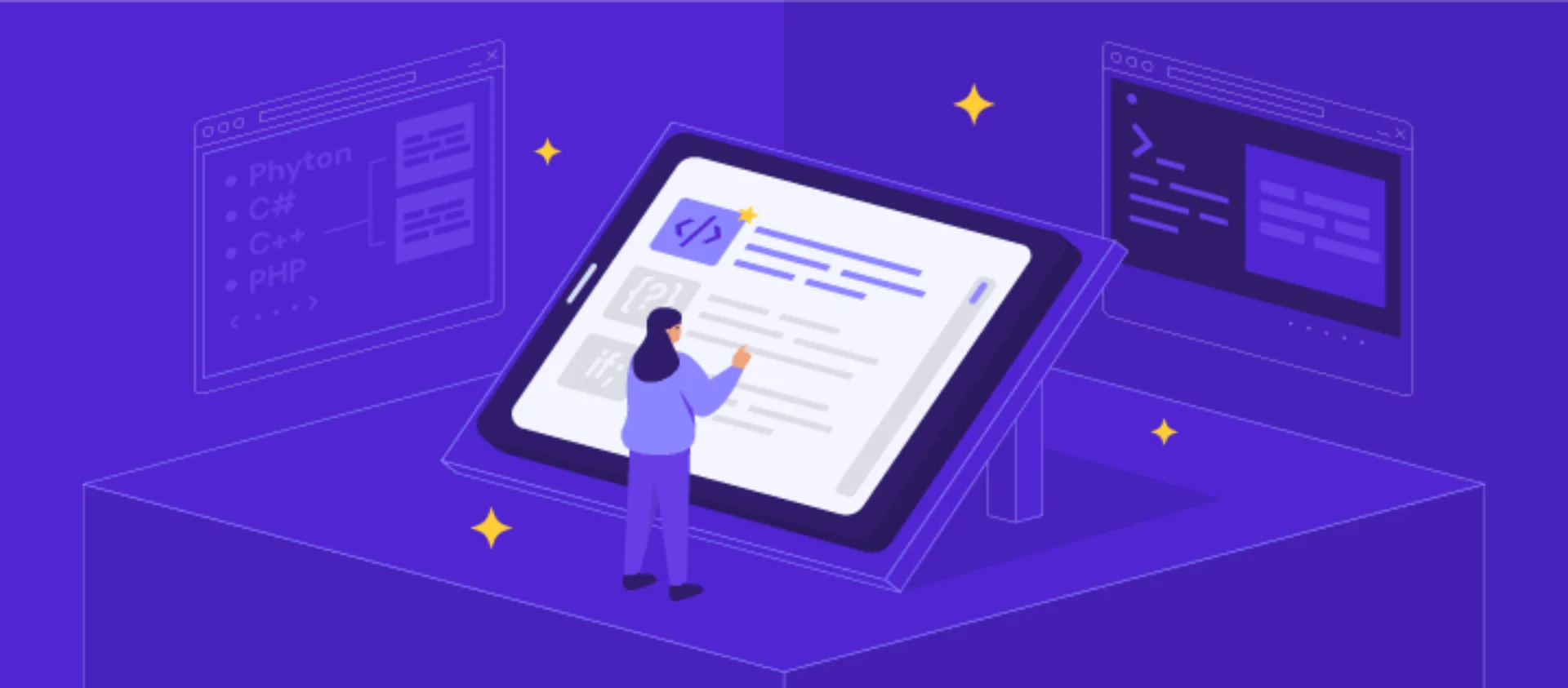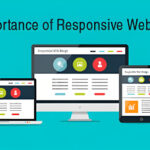How to Select the Right Programming Language for Your Next Web Development Project
In the ever-evolving world of web development, choosing the right programming language for your next project is crucial. With numerous options available, it can be overwhelming to make the best decision that aligns with your project requirements. This article aims to guide you through the process of selecting the most suitable programming language for your web development venture. From considering the project’s goals to evaluating the language’s features, we will explore the key factors to help you make an informed decision.

Before delving into the technical aspects of programming languages, it’s essential to define your project goals. Ask yourself what you aim to achieve with your web development project. Are you building a simple website, an e-commerce platform, a content management system, or a complex web application? Understanding the purpose and objectives of your project will set the foundation for choosing the right programming language.
Consider Your Familiarity and Team Expertise
Your familiarity with a programming language plays a significant role in the success of your web development project. Assess your expertise and the skills of your development team. If you or your team members are already proficient in a particular programming Web Development language, it might be beneficial to leverage that expertise. Choosing a language that you are familiar with can streamline the development process and reduce the learning curve.
Evaluate the Language’s Performance
Performance is a critical factor in web development, as it directly impacts the speed and responsiveness of your website or application. Different programming languages have varying performance characteristics. Some languages are known for their speed and web development efficiency, while others prioritize flexibility or ease of use. Consider the specific performance requirements of your project and choose a language that can meet those needs effectively.
Examine Community Support and Resources
When selecting a programming language, it’s essential to consider the availability of community support and resources. A vibrant and active community can provide valuable assistance, resources, and documentation, which can greatly benefit your development process. Look for online forums, developer communities, and extensive documentation for the programming languages you are considering. Robust community support can help you overcome challenges, find solutions, and stay updated with the latest trends and best practices.
Analyze Scalability and Future Growth
Scalability is a crucial aspect to consider, especially if you anticipate your web development project to expand and grow over time. Evaluate the scalability of the programming language by considering its ability to handle increasing traffic, data, and functionality. Additionally, assess the availability of frameworks and libraries that can support your project’s scalability requirements. Choosing a language with strong scalability features will enable your website or application Web Development to accommodate future growth seamlessly.
Take Security into Account
Web security is a paramount concern in today’s digital landscape. The programming language you choose can significantly impact the security of your web development project. Some languages have built-in security features, while others require additional measures to ensure robust security. web development Research the security vulnerabilities associated with different languages and identify the ones that align with your project’s security requirements. Prioritizing security from the beginning can save you from potential risks and vulnerabilities in the future.
Evaluate Ecosystem and Third-Party Integration
Consider the ecosystem and third-party integration capabilities of the programming languages you are evaluating. A strong ecosystem includes libraries, frameworks, and tools that can enhance your development process and save time. Check the availability and compatibility of popular frameworks and libraries for the languages under consideration. A well-established ecosystem will provide you with a wide range of options to extend the functionality of your web development project.
Factor in Time and Budget Constraints
Time and budget are significant constraints for any web development project. Choosing a programming language that aligns with your time and budget constraints is crucial for successful project completion. Some languages offer rapid development capabilities, while others require more time and resources. Consider the availability of developers proficient in the chosen language, as it can affect your project’s timeline and budget. Assessing these factors will help you make a pragmatic decision.
Keep Long-Term Maintenance in Mind
Web development projects require ongoing maintenance and updates to ensure optimal performance and security. Consider the long-term maintenance requirements of the programming languages you are evaluating. Is the language actively maintained and regularly updated? Does it have a robust community that actively contributes to its development? Choosing a language with long-term support and a dedicated community will ensure that your project remains stable and secure in the long run.
Seek Expert Advice
While this article provides a comprehensive guide to choosing the right programming language, seeking expert advice can be invaluable. Consult with experienced web developers, software engineers, or technology consultants who have in-depth knowledge of different programming languages. Their expertise and insights can offer a fresh perspective and help you make an informed decision based on your project’s unique requirements.
Type of application
Web Development, portable applications, implanted firmware, etc. – the type of application you’re creating heavily affects what speeches are unrestricted for us to choose from. General programming languages like Java, JavaScript, Python, and C# can complete different types of applications on different platforms. There are also cases where typical wording work nicely. For example, building a native Android app needs an understanding of Java, and building a native iOS app needs a Swift or Objective-C skill set, whereas knowledge of C or C++ is critical if you’re operating with implanted firmware.
The complexity of the application
The size and sophistication of a project play an essential role in determining which stack or technology we like to use, which in turn is a deciding element on what programming terminology to use. require knowledge of PHP or C#, respectively. Medium-sized projects including e-commerce sites, internal business applications, and IoT solutions usually have distinct layers, parts, and integrations where a more general programming language such as Java or C# could help simplify skill set requirements to hold the products. We generally break down complex applications into smaller pieces where each element serves a distinct function and employs a diverse technology stack and vocabulary to yield the most useful result.
Company culture
Every business has preferences for open source versus proprietary software and interior versus external technological help. One player might prefer programming terminology that’s easy to understand, while another may require a more scalable vocabulary. All programming speeches have trade-offs, so our primary focus is comprehending your specific industry challenges and then choosing a vocabulary that aligns with your requirements.
Time to market
It’s important to think about the skill set of your existing employees. Is it feasible to present a new program or technology to your group? Unless there’s a clear reason to present new technology, we always suggest leveraging current skill sets to bring new pictures to life faster. Studying new terminologies and technologies is better reserved for tasks with more extended timelines.
Another reference that impacts time to need is the physical conditions you’re currently working in or what you may desire to be in. For example, if you already own Microsoft-based server circumstances, we may choose a Microsoft-based solution. If you’re looking to move to cloud/PaaS circumstances, we may suggest a platform that can more easily be containerized. Because the software speech can dictate size and scalability opportunities in the long run, we also factor these concerns into our decision.
Maintainability
Every technology stack and vocabulary comes with an ecosystem of libraries and broker-backs for those libraries. We want to glance at the trend and update release processes to make sure what we choose is present and stays current for some while to come.
While we want to engage with our customers long-term, we comprehend that at some point we may require to transition a codebase to another team. If you plan to hire an interior design team to keep your technology stack, keeping costs will be affected by the availability and expertise of product talent in your area. For instance, in the Midwest, it’s easier to hire Java and C# designers than Ruby, Python, or PHP developers. We take this into account when choosing a programming language to ensure the long-term sustainability of the codebase.
Scalability and performance
Scalability is more useful in a technology stack, which in turn specifies the programming tongues sooner than the programming vocabulary itself. Some battle-tested and famous stacks that have demonstrated to be capable of such scalability contain .NET, LAMP, Ruby on Rails (RoR), MEAN, and Java Spring.
Security
Every application has different conditions in periods of security. For example, healthcare-related applications might need HIPAA compliance, or financial applications power require PCI obedience. We also take better general safety suggestions like the OWASP Top 10 into consideration when selecting the right stack. Maintaining an eye on the security bulletin for your choice stack will help the application be added robust.
It’s critical to note that in a post-monolithic software world, technology findings aren’t mutually only within an application ecosystem. We’re increasingly enforcing micro-service architectures so we can run separate services built on disparate programming terminologies and frameworks. In that way, we can ensure that each specific task is being served by the best possible platform. With our range of experience and expertise and by attaching to the hallmarks of sound code – Maintainability, Clarity, YAGNI, DRY, SOLID, and Testability – we can consistently guide our customers to the most influential technology solution.
Conclusion
Selecting the right programming language is a critical decision that can significantly impact the success of your web development project. By defining your project goals, considering your familiarity and team expertise, evaluating performance, examining community support, analyzing scalability and security, and factoring in time and budget constraints, you can make an informed decision. Remember to consider the long-term maintenance requirements and seek expert advice to ensure the best outcome for your next web development endeavor.


